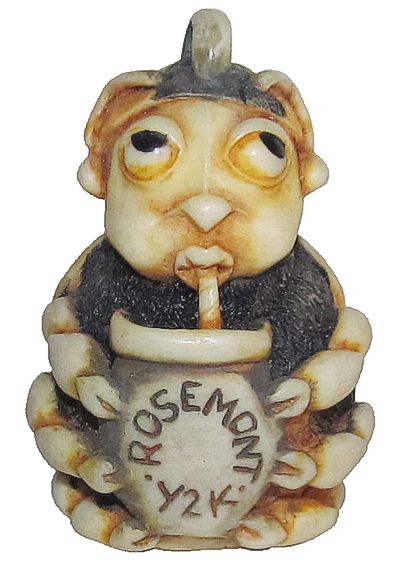
To get into the spirit of the season this year, students on Tohoku University's International Program in Liberal Arts (IPLA) made a set of Tanabata ornaments as part of a class project.

Unlike the rest of Japan, which celebrates Tanabata on July 7, Sendai marks the event in August, with large hanging ornaments made of bamboo and colourful paper. It dates back to the era of the city's first lord Date Masamune and attracts millions of tourists to Sendai each year. Tanabata is one of the most important festivals in Sendai. It can be really spooky.Think summer in Sendai and the indelible image of gorgeous Tanabata decorations hanging around the station and city centre comes immediately to mind. Subito or Subito Piano is a sudden quiescence. Sforzando is a Forte Staccato out of left field! Tenuto soft of halfway between Legato and Staccato each note "sings" but with just a little bit of punctuating silence to keep them distinct. Staccato each note "pops" out of nowhere and dissolves away to silence before the next. Legato each note "touches" the next for a continuous, unbroken sound. Phrasing and Articulation effects can also enhance a melody. Slurs are the opposite of passing tones: one note just glides into the next. Or a dog turning a few circles before lying down. Unless explicitly notated funny (like in some Chopin works), the "correct" way to play these is to start on the Upper Note, then down, up-down, up-down. Think "jazz hands" from IIRC Bring It On 2 (You know you've seen it ain't foolin' nobody!). Trills add a bit of "pizazz" (for want of a better term). The newer cut grace notes (sometimes notated with a slash through the stems) happen just before the beat (perhaps with a little push on the real note for a slight "syncopation" effect). There's an older style slow grace note which happens on the beat and pushes the real note forward.

Grace Notes add a bit of "trajectory" to melody. Instead of flying, jumping, or teleporting to the destination, this poor schmo has to take each step one at a time. Passing Tones add a moment of slower "pace" to a melody. Ornamentation is the process of adding little "points of interest" to accentuate the drama of the melody. dissonance allows complete control over the design of a melody. Knowing how and when to use consonance vs. Species counterpoint can at first seem very limiting, but through its practice, it can be used to create very exciting melodies and counter-melodies.
#HARMONY ASSISTANT ORNAMENTS FREE#
The example shows how this species can be used to create well ornamented melodies in a free style. When dissonant, the upper voice must resolve downward to a consonant interval.įifth Species: This species combines the methods described in the previous four. The first and third notes of every four-note group should be consonant while the second and fourth may be dissonant.įourth Species: Here, notes in the upper voice are suspended over the bar line, often creating a dissonance on the downbeat of the bar.

This species extends the use of dissonances in second species. When dissonant, the best choice is either a passing or neighbor note. The intervals on the downbeats should be consonant intervals, whereas the second note can be consonant or dissonant. Second Species: Two notes in the counterpoint voice are set against each note in the given voice. Since all pitches fall on downbeats, all intervals must be consonant. These same counterpoint rules can apply to any melody that also has an accompanying harmony (as described in point 1 in the question above).įirst Species: Also note against note counterpoint. Note that in all the examples of counterpoint given here (images are from wikipedia), the added melody is the top voice. Then, it gives guidelines for the placement of intervals based on the pattern of strong and weak beats. In a nutshell, species counterpoint categorizes intervals into consonant (octaves, perfect fifths and fourths, and major and minor thirds and sixths) and dissonant (seconds, sevenths, and tritones). The treatise by Johann Joseph Fux is today the most common source for an in depth description of counterpoint.

There are five main species of counterpoint. The lists of ornaments cited as point 4 in the question is only a subset of the possibilities given to us by counterpoint.
#HARMONY ASSISTANT ORNAMENTS HOW TO#
The art of Counterpoint, as studied by composers for centuries, gives exact details on how to correctly ornament any melody.


 0 kommentar(er)
0 kommentar(er)
